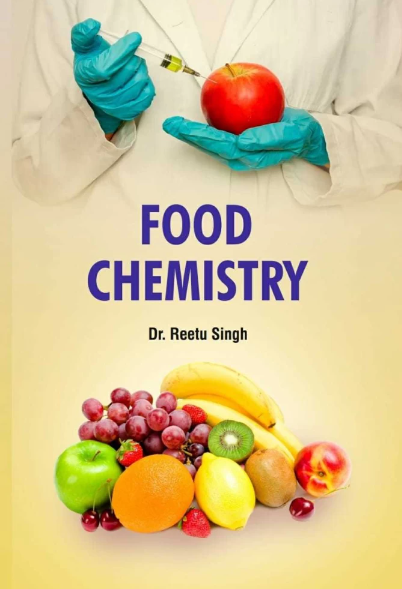Production and characterization of novel antioxidant peptides from mulberry leaf ferment using B. subtilis H4 and B. amyloliquefaciens LFB112
IF 8.5
1区 农林科学
Q1 CHEMISTRY, APPLIED
引用次数: 0
Abstract
The objective of this study was to isolate and characterize antioxidant peptides from mulberry leaves fermented with Bacillus subtilis H4 and Bacillus amyloliquefaciens LFB112. The results indicated that fraction F4 (<1 kDa) exhibited superior DPPH activity compared to the F1 (>10 kDa), F2 (3–10 kDa), and F3 (1–3 kDa) fractions, and cytoprotective effect against lipopolysaccharides (LPS)-induced oxidative stress in RAW264.7 cells. Three novel peptides, FRFDP, RFGG, and GPPLAFGGGP, were identified in the F4 fraction of the mulberry leaf ferment, and docking results showed that these peptides could form stable carbon (covalent) and hydrogen bonds to the active sites of Keap1, thus regulating the Keap1-Nrf2 pathway by blocking the Nrf2 binding sites on Keap1. These peptides significantly upregulated the mRNA expression of Nrf2, HO-1, and NQO1, providing indirect evidence of their potential to enhance cellular antioxidant defense via the possible activation of Keap1-Nrf2 pathway. Furthermore, these peptides showed good DPPH and ABTS scavenging activities, indicating their potential as antioxidant peptides. This study offers valuable insights into the integration of these novel peptides in developing mulberry leaf ferment as a functional food and their potential use as a feed additive.

求助全文
约1分钟内获得全文
求助全文
来源期刊

Food Chemistry
工程技术-食品科技
CiteScore
16.30
自引率
10.20%
发文量
3130
审稿时长
122 days
期刊介绍:
Food Chemistry publishes original research papers dealing with the advancement of the chemistry and biochemistry of foods or the analytical methods/ approach used. All papers should focus on the novelty of the research carried out.
 求助内容:
求助内容: 应助结果提醒方式:
应助结果提醒方式:


